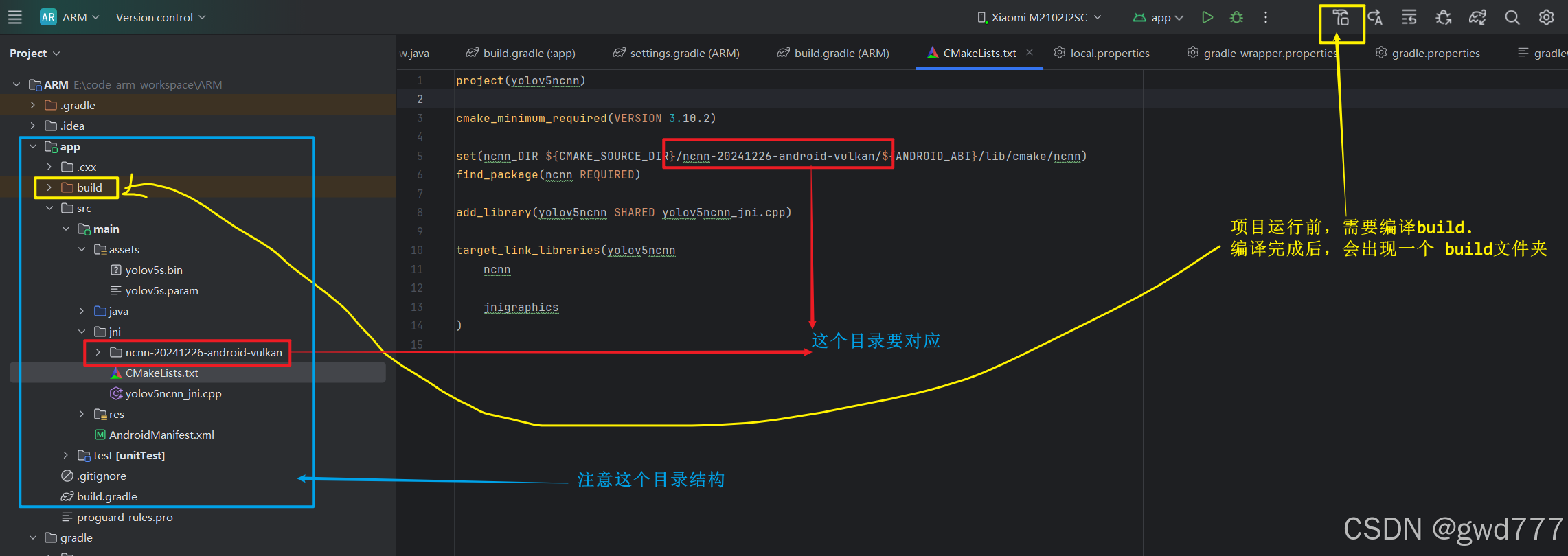在 Node.js 中,fs(File System)模块提供了与文件系统进行交互的能力。无论是读取、写入还是操作文件和目录,fs 模块都提供了丰富的 API 支持。本文将详细介绍 fs 模块的基本用法、异步与同步方法的区别以及一些高级功能,帮助你更好地掌握这一重要模块。
什么是 fs 模块?
基本概念
fs 是 Node.js 核心模块之一,它允许开发者通过 JavaScript 访问和操作计算机的文件系统。这个模块包含了用于处理文件的各种函数,包括读取文件内容、创建新文件、更新现有文件、删除文件等操作。
模块导入
要在项目中使用 fs 模块,首先需要通过 require 函数将其导入:
const fs = require('fs');异步 vs 同步
异步方法
Node.js 的设计理念之一是异步 I/O,这使得它可以高效地处理并发请求。大多数 fs 方法都有对应的异步版本,它们通常接受一个回调函数作为最后一个参数,当操作完成时会调用该回调函数,并传入可能发生的错误或结果数据。
例如,读取文件的异步方法如下所示:
fs.readFile('example.txt', 'utf8', (err, data) => {if (err) throw err;console.log(data);
});同步方法
除了异步方法外,fs 模块还提供了一系列同步方法。这些方法的名字通常以 Sync 结尾,如 readFileSync。使用同步方法时,程序会在当前操作完成之前暂停执行,直到返回结果为止。
try {const data = fs.readFileSync('example.txt', 'utf8');console.log(data);
} catch (err) {console.error(err);
}尽管同步方法编写起来更加直观,但由于它们会阻塞事件循环,因此在生产环境中应尽量避免使用。
常用方法概览
文件读取
- 异步读取:
fs.readFile(path[, options], callback) - 同步读取:
fs.readFileSync(path[, options])
示例:
// 异步读取
fs.readFile('example.txt', 'utf8', (err, data) => {if (err) throw err;console.log(data);
});// 同步读取
const data = fs.readFileSync('example.txt', 'utf8');
console.log(data);文件写入
- 异步写入:
fs.writeFile(file, data[, options], callback) - 同步写入:
fs.writeFileSync(file, data[, options])
示例:
// 异步写入
fs.writeFile('output.txt', 'Hello World!', (err) => {if (err) throw err;console.log('The file has been saved!');
});// 同步写入
fs.writeFileSync('output.txt', 'Hello World!');
console.log('The file has been saved!');文件信息获取
- 异步获取:
fs.stat(path, callback) - 同步获取:
fs.statSync(path)
示例:
// 异步获取
fs.stat('example.txt', (err, stats) => {if (err) throw err;console.log(`Is file: ${stats.isFile()}`);console.log(`Size: ${stats.size} bytes`);
});// 同步获取
const stats = fs.statSync('example.txt');
console.log(`Is file: ${stats.isFile()}`);
console.log(`Size: ${stats.size} bytes`);高级特性
流式处理
对于大文件的操作,直接读取整个文件可能会导致内存溢出问题。此时可以使用流(Stream)来分块读取或写入文件。
const readStream = fs.createReadStream('largefile.txt');
readStream.on('data', (chunk) => {console.log(`Received ${chunk.length} bytes of data.`);
});readStream.on('end', () => {console.log('There will be no more data.');
});Promise 和 Async/Await
为了简化异步代码的书写,可以结合 Promise 或者 async/await 来处理 fs 操作。
// 使用 Promise
const util = require('util');
const readFile = util.promisify(fs.readFile);readFile('example.txt', 'utf8').then(data => {console.log(data);
}).catch(err => {console.error(err);
});// 使用 async/await
async function readFileAsync() {try {const data = await readFile('example.txt', 'utf8');console.log(data);} catch (err) {console.error(err);}
}readFileAsync();结语
感谢您的阅读!如果您对 Node.js 的 fs 模块或其他相关话题有任何疑问或见解,欢迎继续探讨。



















